
|
The world of non-commercial film and A-V |
Events Diary | Search | ||
| The Film and Video Institute | | ||||
The making of A Reflective View of London |
||||||
|
In the still images here we cannot do the film full justice ... 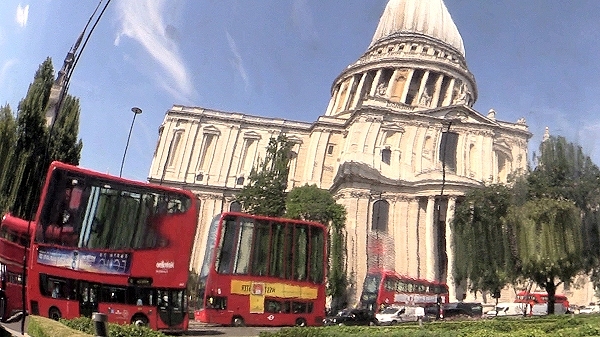
|
||||||
|
As a still photographer I have always been fascinated with the distorted images and subtle colours you get on modern buildings clad in mirror glass. The project originally started about 3 years ago in 2012 when I started doing AVs, to produce a picture to music sequence. After several false starts that did not work, I eventually found a suitable piece of music, even so it took a considerable time, whilst out on other photo trips, to collate enough images to make the AV. I knew what I wanted, finding them was something else. Once built into a presentation I felt it lacked something to give it that real punch that the subject material really needed to make it work, so it was sidelined in preference to other more documentary type projects. |
||||||
|
March 2014 I bought my first video camera, a Canon HF G30 to record the grandkids growing up as the quality of image from my SLR video capability left a bit to be desired. Then I realised it was that movement of image that was missing on the old reflections project to maybe take it to the next level. So I set about rebuilding the presentation using video clips, but of course every clip now had to contain movement within it somewhere, as much as anything to prove it was a video as against a still image, videoing a static subject was no different to using a still image. |
||||||
|
I knew where most of the photo opportunities were that I had already collected, mind the rate of building in London, meant many of the previous viewpoints were by now obscured, but I had to where I could, get a reflected movement video from them. Gradually over the year, along with new material and places I came across (thank goodness for the freedom pass*), I was able to build it into a moving image version of my earlier project. It is still a constantly evolving project as I come across stronger images. It is as you will understand, still a bit of a hybrid with a mix of still and video images, but given time the current still images will be replaced by video. I really only entered the project into the competition to see what the judges would make of a pictures to music presentation as against a story based or documentary type of film, little did I expect the response it did get.
|
||||||
|
||||||
|
... so much of the subject matter was first seen, then I moved away, set up the video camera on a tripod etc, moved in and got the image as quickly as possible, before being moved on. A lot on my video clips end up with a security guard standing in front of the camera, so they obviously monitor photographers with reasonable equipment, whereas a tourist stood alongside you can record what they like on iPhones, mobiles etc without any problems at all. Before you ask I do carry third party insurance in case somebody falls/dives over my tripod etc. It's a game of cat and mouse, some you win, some end up as quality videos of forceful or jobs-worth security guards that end up in the trash bin. But that is photography in a lot of London these days: you seemed to be judged by the quality of your photographic equipment rather than what you are photographing. As an overweight 70 year old, one just smiles, apologises, moves on ... and then comes back the next day at a different time and tries again! - Graham Ralls 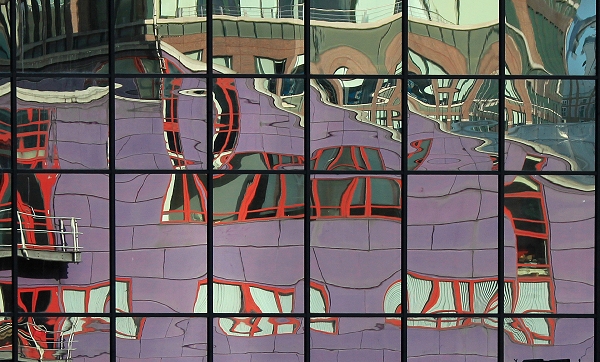 * The Freedom Pass is a travel card scheme granting free travel on public transport across London and free local bus journeys across England. |
||||||
Share your passions.

Share your stories.
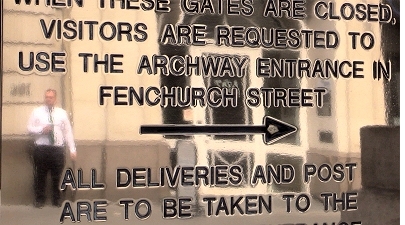 I joined Spring Park Film Makers club and moved
more into film as against still image AVs during 2014
I joined Spring Park Film Makers club and moved
more into film as against still image AVs during 2014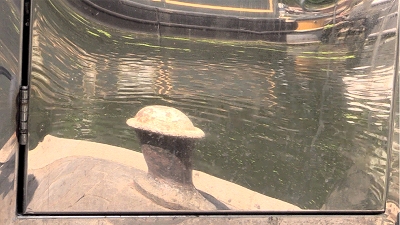
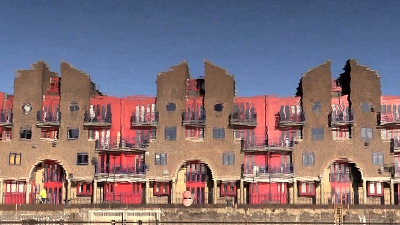
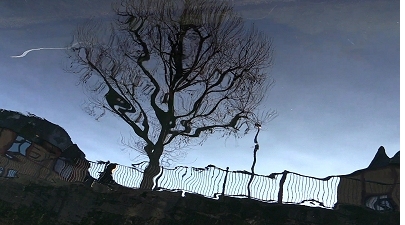 Licences in London to photograph or video in lots
of areas (classed as private property, ie Canary Wharf, most of
the South Bank, St Catherine's Dock etc) are very hard or
expensive to come by ...
Licences in London to photograph or video in lots
of areas (classed as private property, ie Canary Wharf, most of
the South Bank, St Catherine's Dock etc) are very hard or
expensive to come by ...